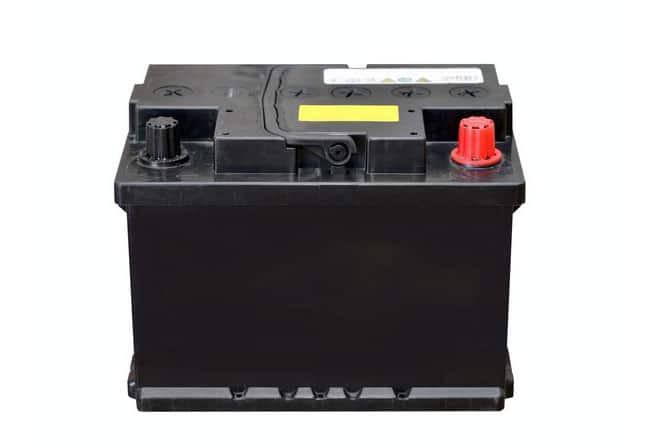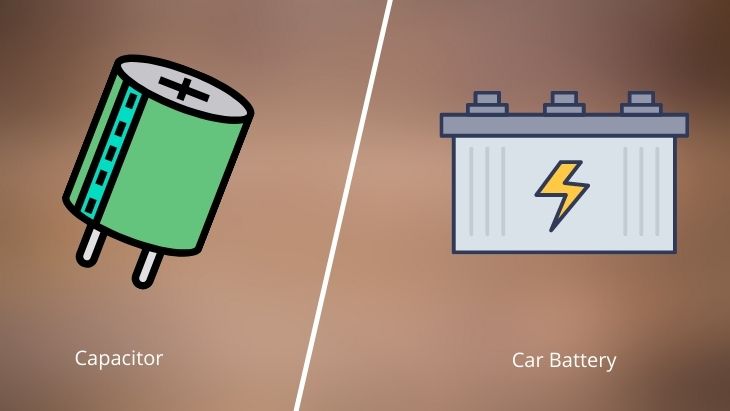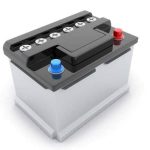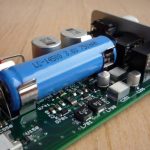Upgrading a car audio system comes with significant benefits, as well as challenges. On one hand, the system gains more capability to deliver louder and higher quality sound. On the other hand, an upgraded audio system may put extra power demands on the car’s electrical system.
There are different ways to supplement or upgrade the capacity of the power system, and capacitors and secondary batteries are among the most common solutions. Making the choice between these two solutions is a dominantly contentious issue. There are as many proponents as opponents of either approach.
In our view, there should not be much contention between using caps or batteries because each application situation is different. There are situations where adding a cap is more reasonable than installing a battery. Similarly, there are situations where adding a battery is the more effective solution
This article sheds light on the issue, to help you evaluate your car’s situation and make an informed decision about which of the two to add to your car’s electrical system.
What are car audio capacitors?
Capacitors are electrical appliances for the temporary storage of electricity. Caps are designed to charge and discharge quickly.
It’s important to note right away that a capacitor will not add extra power to the system.
It only helps stabilize the voltage by providing quick bursts during peak voltage demands. Adding a capacitor can reduce occasional headlight dimming and other rather minor electrical issues. However, their primary use is to help provide your amplifier with a consistent voltage for improved performance.
Advantages of a car audio capacitor
- It can provide high amounts of power instantly
- Charges faster than a battery
- Since they are ideally installed right next to amplifiers, they help to reduce the level of voltage drops
Disadvantages
- Capacitors are more expensive than comparable batteries
- Caps are quite large, especially because they are lower-density energy storage accessories. Thus, installing a car audio capacitor in a car with limited space can be challenging.
- Since a capacitor needs charging, it becomes another thing the alternator needs to charge. This means more strain on the alternator.
- Until a cap is fully charged, it essentially competes with the amplifiers for power. In some situations, this competition can affect the car audio system’s functioning.
- There is a chance that the cap will drain some voltage from the subwoofer
- One needs more technical know-how to install a cap than they’d need to set up a battery. Some car audio enthusiasts opposed to using car audio capacitors to solve electrical problems argue that the power caps use often cancels out any benefits they provide.
Car batteries

Batteries are fundamentally different from car audio caps. Upgrading an existing battery or adding a second one actually increases the car’s electrical system’s capability. A car battery stores power more permanently compared to a capacitor.
It is good practice to upgrade your battery every time you add an amplifier. More importantly, it is absolutely necessary to think about adding a battery if you start experiencing issues like frequent headlight dimming or other electrical issues.
Here are the advantages and disadvantages of adding a second car battery:
Advantages of a car audio battery
- Installing a car battery is less costly than installing a capacitor
- Batteries are high-density potential energy stores. Compared to caps, batteries require less space to offer the same amount of energy.
- Car batteries solve more serious electrical issues since they can provide energy for longer periods than capacitors.
- A car battery can be installed for other purposes other than eliminating the problem of dimming car lights.
Disadvantages
- Low-cost car batteries can cause expensive damage to the car’s interior due to leakage and corrosion.
- Like capacitors, they also put additional strain on the car’s alternator since they have to be charged.
Car audio capacitor vs. battery: when do you need which?
You know that you need to add either a capacitor or a car battery when you start experiencing disruptive electrical issues. Common indications include dimming car lights, windows failing to roll up at the same speed as before, and intermittent loss of bass in the audio system’s delivery.
Knowing that you don’t have enough power is one thing; knowing what to do to solve the issue is another.
We’ve broken down specific situations when a capacitor or battery will offer unique value.
Listening to bass-heavy music
If you like music genres that incorporate heavy lows into their makeup, there’s a high likelihood of transient peaks in the music. Amplifiers and subs require extra instant power to produce louder and punchier bass during those transient peaks. A power cap is best suited for this situation. It can quickly discharge to provide the extra energy required. On the other hand, a battery cannot provide higher power amounts in such short spans.
Pro tip: Don’t get used to cranking up the music without a cap. Turning the bass all up may lead to permanent damage to your car audio system.
Headlights dim only when the car is in idle mode
When a car is idle, the alternator produces less current, which is the reason behind some functions acting up. This is a temporary problem that can easily go away if a capacitor is installed.
In the two situations above, adding a capacitor offers unique value. No matter how many batteries you add to the system, they cannot meet the highest demands of the car audio system.
You want to add an aftermarket audio system
You’ve been using the factory audio system and are now planning to step up with an aftermarket replacement. It’s important to realize that even a moderately strong audio system can draw significantly more power than a factory system.
Generally, 40 – 50% of the starting battery’s amperage is used to power the car’s electronic system. The energy is just enough to ensure that the engine can start at any time. The remaining energy goes to other voltage consumers such as the sound system.
When manufacturers design car electrical systems, they use batteries that can only adequately handle the factory sound system. It’s a fairly understandable economic perspective. The manufacturer is least interested in including a more powerful (thus more costly to make) battery that not all users need.
So, if you are thinking about an upgrade for your factory car audio system, you have to add a car battery. An appropriate battery choice is one that can cover the extra voltage supply needs of your more energy-demanding audio system.
Adding a cap (instead of a battery) is suboptimal in this situation as the cap cannot supply the required energy consistently.
Conclusion
If you’ve minor or infrequent electrical or sound performance issues, or just want to ensure that your amplifiers perform well consistently, a capacitor can be a great addition to your system.
However, car audio capacitors cannot help to solve continued voltage drops lasting more than a couple of seconds.
A secondary battery is the better solution if the car system in deed requires additional energy supply for longer time periods. The battery would effectively reduce strain on the electrical system and support the smoother operation of all audio and non-audio electrical devices and systems.
Michael Evanchuk is a San Francisco-based sound engineer with 20 years’ experience installing, troubleshooting, and repairing commercial, automotive, and household sound equipment. Evanchuk owns an auto stereo center, where he offers highly competitive car audio installation and repair services. He has written dozens of articles on different sound engineering topics, all of which have been published in leading journals, blogs, and websites.





